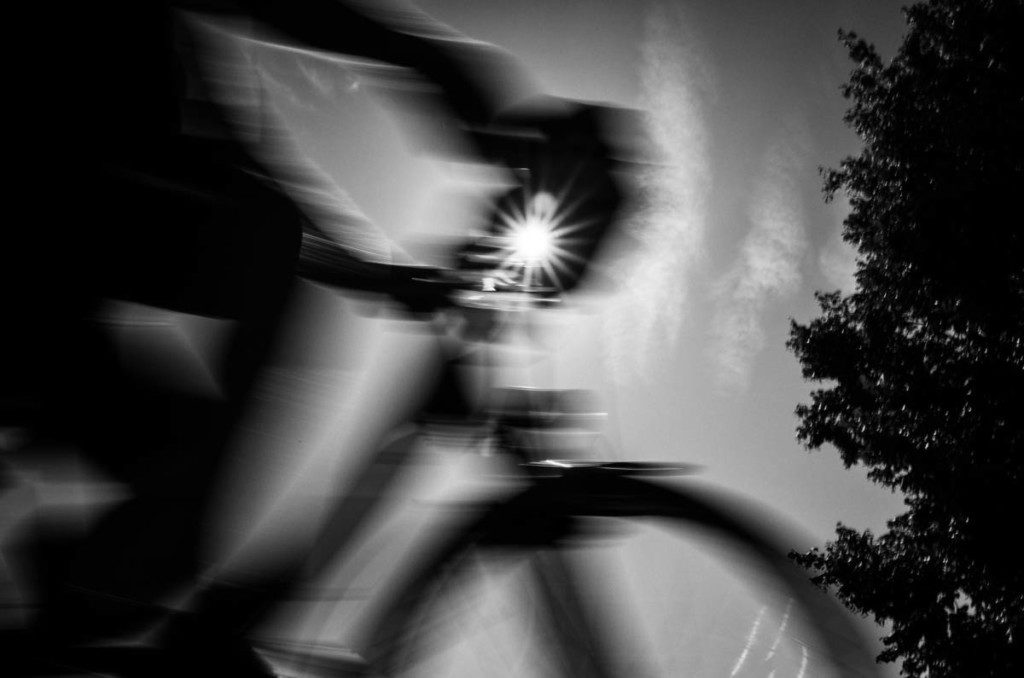Street Photography is facing a lot of criticism from all sides. Some are unhappy with the quality of photos posted online, while others seem to hold personal grudges against some of the self-proclaimed “Street Photographers”. In light of this ever ongoing conflict, I want to share my thoughts about the current state of Street Photography and its difference to Social Documentary or Photojournalism.
Characteristics of Street Photography
Street Photography is often disgraced as a “Snapshot” genre. For some, the term snapshot is even an insult and used to degrade the effort of Street Photographers. They don’t understand that in order to take a great photo you don’t need to invest countless hours of work, nor thousands of $$$. For me, the term snapshot sums up perfectly what I do on the street. I see a scene that I find interesting and in a matter of seconds I compose the photo and snap it. The difference is, that I try to take the best snapshots possible.
In consequence of the snapshot characteristic of Street Photography, there isn’t a cohesive story throughout the images that I take. Every image should be able to stand on its own and tell a story. Of course, there can be Street picture collections under a certain theme or topic, but that’s still different from an in-depth storyline.
The truth is, that I absolutely don’t care for the persons that I photograph. As harsh as this might sound, I don’t know their story, name or background. The only thing that matters at the moment I press the shutter button is if they fit in the context of my picture. If they don’t I try to get rid of them.
As you can see Street Photography is very superficial and we can’t get truly behind the surface of the image. Of course, we are able to tell stories or encourage the viewer’s imagination, but Street Photography is not the genre to tell complex stories or to uncover social problems.

The current State of Street Photography
In contrast to my statement before, there a lot of “Photographers” out there that believe that Street Photography is the genre to tackle the world’s problem. They try to embrace all the world’s problems in one single picture. Unfortunately, this results in so many generic images that it is hard to browse through “Street Photography” tagged photos without stumbling through a bunch of homeless people in front of billboard ads and similar compositions.
I know and understand that this might be a great juxtaposition at first, but it is so overdone that browsing through these public mass archives makes me feel like Bill Murray in Groundhog Day. Furthermore, these pictures aren’t going to change anything. The homeless person won’t get shelter, help or benefit in any aspect from this picture, while the Street Photographer only has an absolute generic picture that tells a story that has been told a thousand times before.
After that little ramble, I want to go through the reasons why the current quality of publicly available Street Photos seems at an all-time low. In contrast to the true Street Photographers that photographed during the analog time, there aren’t any entry barriers left anymore. Everyone and their mom is able to take pictures with their smartphones that have no additional cost of publishing an image. Meanwhile, in the decades before the digital revolution, every Street Photographer had to think twice before pressing the shutter and spending money on their film.
Adding in the cognitive dissonance that bad photos from the past vanish, while iconic images stay, there might be the impression that Street Photography as a photography genre might be in a bad state. Seeing that more and more people take interest in doing Street Photography is great. Doing it under the assumption that they could have a real social impact is an illusion. In the end Street Photography is a fun leisure activity that can entertain people by creating wonderful snapshots, but it is not suitable to illustrate complex social problems.
A Basis for Photojournalism
On the other hand, there is the advanced version of Street Photography which is Photojournalism. In this more complex version, the photographer conveys a story through multiple pictures sometimes accompanied with written text. Photojournalism adds layers of information to generate a more thorough user experience to understand the story.
Within this complex task, Street Photography can provide the skillset to shoot powerful single images that are strong by themselves. But to be a good Photojournalist requires a lot more than the ability to take good images. Apart from the possibility of hiring assistants the Photojournalists needs to be a good storyteller not only in written text but also in arranging a photographic series.
Ideally, a story follows the same patterns to build up the tension. A good storyteller achieves to sort the pictures in a way, that the viewer has a nice introduction into the following series but never loses interest nor is left alone by the pictures.
As you can already see in this very short overview, Street Photography is only one part of the puzzle to create a compelling photojournalistic series.

Deep Commitment
While in Street Photography we give the anonymous faces a platform, Photojournalism is all about the people, their background, and their story. Photojournalism cracks the superficial surface of Street Photography by spending a lot of time with the subjects and getting to know them better. Even more so, the photographer becomes a part of that social circle and photographs from “within” rather than being an outsider.
This commitment also means that it is way more difficult for amateurs to enter this area. Photojournalism has a lot more entry barriers starting from the massive expenditure of time, to establishing social ties and evolving a deeper understanding of the topic one is covering. To conclude the comparison I don’t think that any genre should be “superior” to the other, but that Street Photography and Photojournalism serve other purposes. I deeply respect every photographer who commits their time to create long-term projects, but I also enjoy beautiful snapshots on my timeline.
The Value of Street Photography
A lot of the misconception and frustration stems from the fact that a lot of self-proclaimed Street Photographers mix up this genre with social documentary pictures. Street Photography is not the right medium to address social issues and will never provide any valuable insights that might help to solve some of the issues.
Street Photography is a fun leisure activity and should be taken unburdened. If your interest is in uncovering in-depth stories then you should take the approach of social documentary photographers and spend a lot of time to create this story. It has its limits and we as people that enjoy these kinds of photos shouldn’t take the genre too seriously. We can’t change the world, nor will we have a significant influence with one single image. But if we manage to capture the decisive moment from to time and provide some entertainment then Street Photography definitely has its place as an adequate genre. For those that want to fully dive in a full commitment to telling compelling stories, Street Photography isn’t the most optimal path. Photojournalism is more suitable for this task but requires manifold skills, that can be exercised with the help of Street Photography.
All in all, we shouldn’t take Street Photography too seriously and have more fun while shooting and viewing at other’s images. Furthermore, we shouldn’t waste our energy in discussions which genre might be more difficult or a “true” photographic genre that requires more skill – but simply focussing on creating more.
Stay Curious
Sebastian Jacobitz





























